Table of Contents
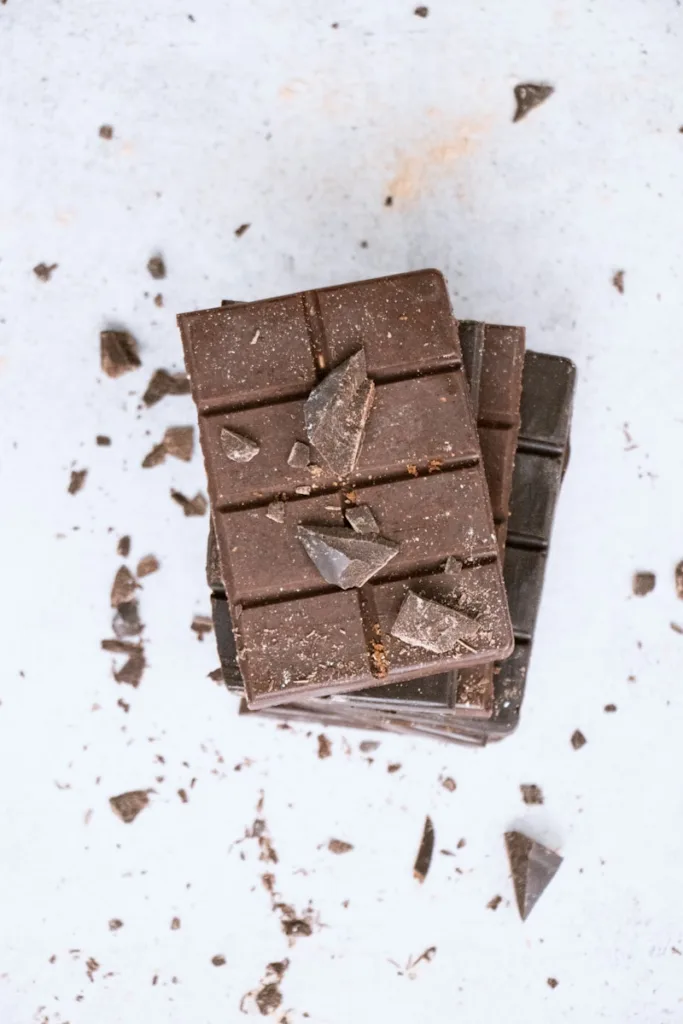
From Where Does Chocolate Originate?
The fruit of the cocoa plant is harvested first. The seeds in these fruits, referred to as cacao beans, are visible when split open. These beans are dried, fermented and sometimes roasted before they are considered edible.
We peel these beans so that only the inner part is left to get the cocoa nibs. Apart from being a key ingredient in a variety of savory and sweet recipes, nibs also make excellent garnishes for desserts.
Once all the nibs are freed, they are ground into a powder by a processor, which is then melted to create a liquid known as chocolate liquor. Everything can be done using chocolate liquor, even creating delicious cocktails. Despite the name, chocolate liqueur does not contain alcohol.
We press the chocolate liquid to extract the oil from the solids and obtain the last two byproducts of the cacao plant. After this process we are left with cocoa powder (solid) and cocoa butter (oil). In addition to being used to make chocolate, cocoa butter is renowned in the beauty industry for its hydrating and revitalizing properties. Everyone’s favorite ingredient, from pork loin seasoning to cake decorating, is cocoa powder.
Different Types of Chocolate
White Chocolate
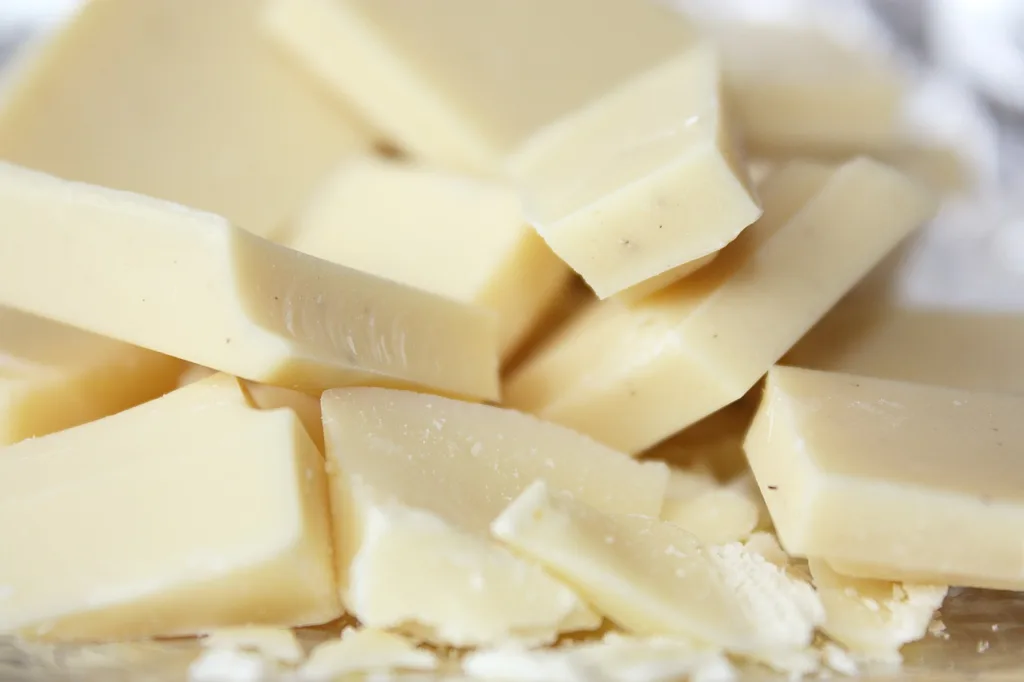
Let’s start with chocolate, which is probably the easiest to identify. In reality, white chocolate satisfies the formal definition of chocolate, despite the infamy and slander that claims otherwise. Because it contains cocoa butter, a byproduct of the cacao plant.
White chocolate is made by combining cocoa butter with lecithin, sugar, milk and vanilla. As an emulsifier, lecithin improves texture by facilitating better ingredient mixing. The FDA states that white chocolate requires a minimum of 20% cocoa butter, 14% milk and a maximum of 55% sugar.
White chocolate has a very sweet flavor profile with strong flavors of vanilla and sweetened condensed milk. Since there is no actual chocolate liquor, the traditional “chocolate” flavor is virtually absent. But it melts on your tongue thanks to the rich, creamy smoothness of the cocoa butter base. Its smooth texture and high sugar content make it a popular choice for decorating desserts. Plus, because white chocolate is white, you can color almost anything with a little creativity and food coloring!
Because cocoa butter is generally expensive, some people argue that white chocolate isn’t really chocolate. Due to its widespread use in the cosmetics sector, it is consistently in significant demand.
Dark Chocolate
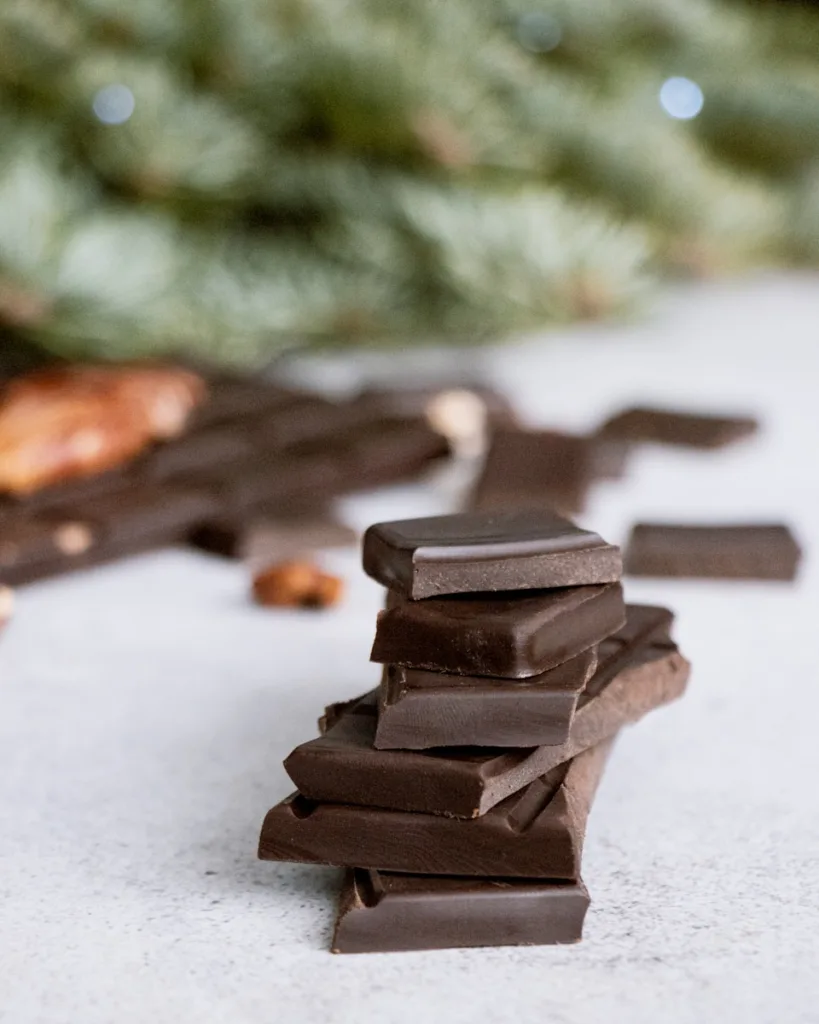
Over the past ten years, dark chocolate has become more and more popular due to a wealth of research supporting its many health benefits. This stronger chocolate is prepared only with chocolate liquor and sugar, with no dairy components whatsoever. While the FDA mandates that dark chocolate must have at least 15% chocolate liquor, the majority of dark chocolate has closer to 50%. The chocolate liquor content is what’s meant to be understood when you see percentages displayed on the front of chocolate bars in the store. There is more real chocolate in the bar the higher the proportion. Higher amounts of bitterness result from this as well.
Additionally, according to the FDA, dark chocolate should not contain more than one-third sugar. Regardless of the amount of chocolate liquor, dark chocolate tastes more bitter than its sweeter cousins. Breaking a bar in two is a delightful snap because dark chocolate is stronger than white or milk chocolate.
In addition to a strong chocolate flavor, dark chocolate can also have earthy hues and a faint vanilla aftertaste. When it comes to baking, dark chocolate works best to achieve a deep, rich chocolate flavor. Dark chocolate is often sold as vegan chocolate and is also known as black or semisweet chocolate. It can be stored for an average of 20 months.
Milk Chocolate
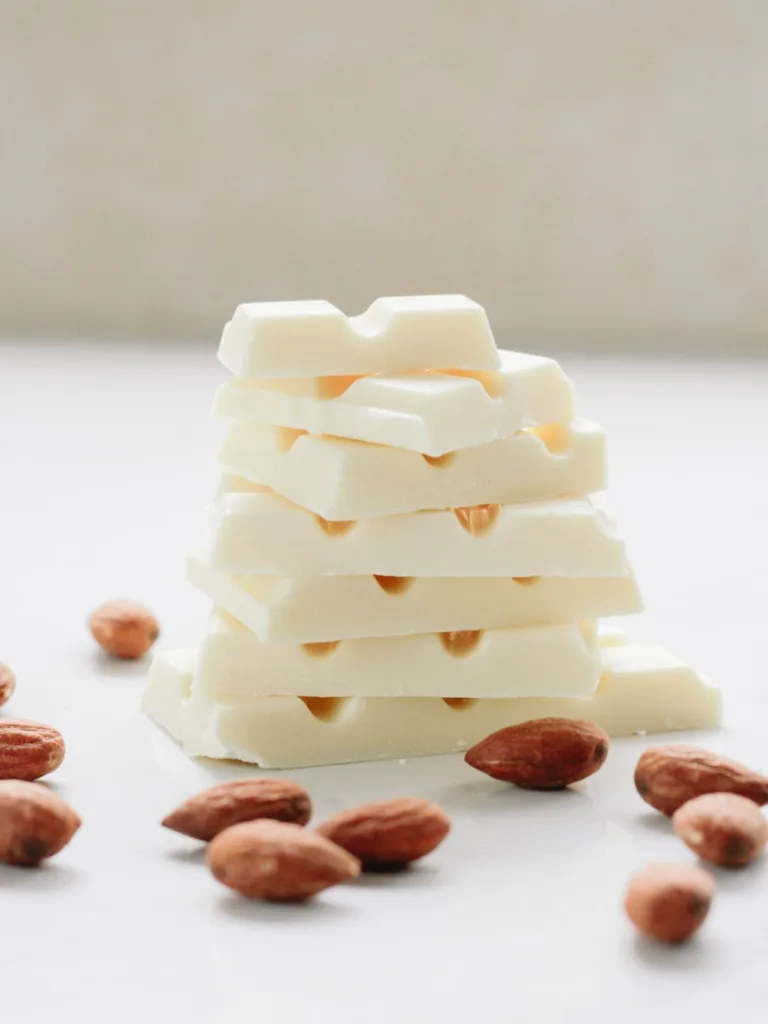
Sugar, milk and chocolate liquor are combined to make unaged and traditional milk chocolate. Some emulsifiers (their way of smoothing the texture) include soy lecithin. The FDA states that milk chocolate must contain at least 10% chocolate liquor and 12% milk. Because the amount of sugar in milk chocolate is not controlled, some varieties are much sweeter than others. Each chocolate producer is free to make his own choice.
The most popular type of chocolate found in supermarkets and convenience stores is milk chocolate, whether in bar form or combined with other sweet treats. It’s great to eat on its own because of its flavor profile, which combines notes of caramelized sugar with a subtle vanilla aftertaste. For anything from brownies to s’mores, milk chocolate works wonderfully.
Bittersweet Chocolate
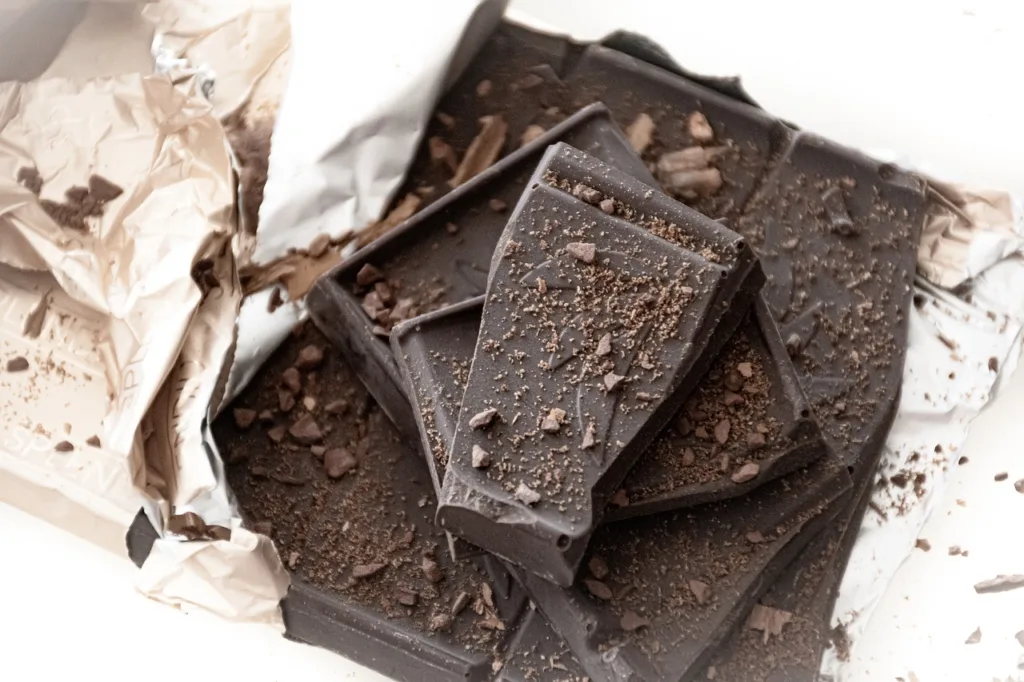
Bittersweet chocolate, often referred to as extra-dark chocolate, contains more cocoa than dark chocolate. The minimum percentage required by the FDA is only 35%, however the majority of bittersweet chocolate has a cocoa content of 66% or higher. Less than one-third chocolate is as sweet as dark chocolate.
Bittersweet chocolate is frequently used in baking. It retains the sweetness while providing a richer chocolate flavor than dark or milk chocolate. Bittersweet or semisweet chocolate chips are typically used in chocolate-chip cookies.
Semisweet Chocolate

Bitter and semisweet chocolate are interchangeable in cooking. The food department has also classified them with similar characteristics. However, bitter and semi-sweet chocolates are not the same in real life. Although not significantly so, semisweet chocolate generally contains more sugar than dark chocolate. Whether to use dark or semisweet chocolate for baking or cooking is a matter of personal preference.
Ruby Chocolate

Ruby chocolate was first introduced to the public in 2017 by Belgian chocolatier Barry Callebaut. Ruby chocolate is a different type of chocolate entirely, even though it looks like white chocolate with some food coloring added. It gets its name from a special variety of ruby cocoa beans, although it is not clear exactly what characteristics define the ruby cocoa bean. Both the production method and the patent for ruby chocolate are owned by Callebaut, which maintains them as trade secrets.
One thing we know about ruby chocolate is that it is somewhat pinkish-red in color. It appears that ruby chocolate can be transformed into ruby white chocolate, ruby milk chocolate, and ruby dark chocolate because the actual ruby cocoa beans are what give ruby chocolate its unique qualities.
Most reviews agree that ruby chocolate tastes similar to white chocolate with raspberries added. It is more acidic than other chocolates and is often described as sweet and tart.
Chocolate Liquor
As mentioned earlier, chocolate liquor is made by grinding and melting cocoa beans. It occurs in two main forms: a solid block or paste that is dark brown in color. It is also known as baker’s chocolate and unsweetened chocolate. According to the Food Department, chocolate liquor is made entirely from cocoa and contains no other ingredients.
The taste of chocolate liquor is mainly very bitter. It adds deep, rich chocolate flavor to everything from double-fudge brownies to triple-chocolate cake, making it ideal for a variety of dessert projects. Chocolate liqueur works just as well as chocolate shavings to decorate a variety of dishes. Chocolate liquor is also used in cocktails without alcohol at all.
Cocoa Powder
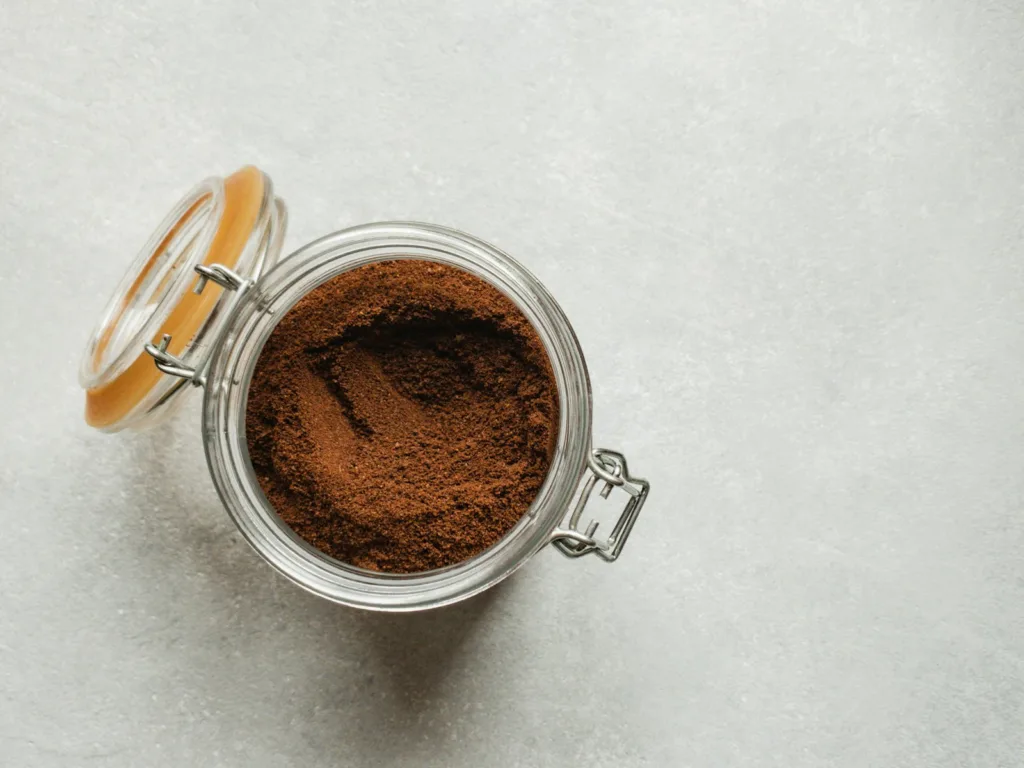
The two primary varieties are natural and Dutch-processed cocoa powder. Natural cocoa powder is light brown in color, tastes like chocolate and has a hint of acidity.
Natural cocoa powder that has been salted to reduce acidity is the source of Dutch-processed cocoa powder. It often has a mild taste and dark color. Both also work well for cake decorating, baking, and adding complex flavors to spice rubs.
Modeling Chocolate
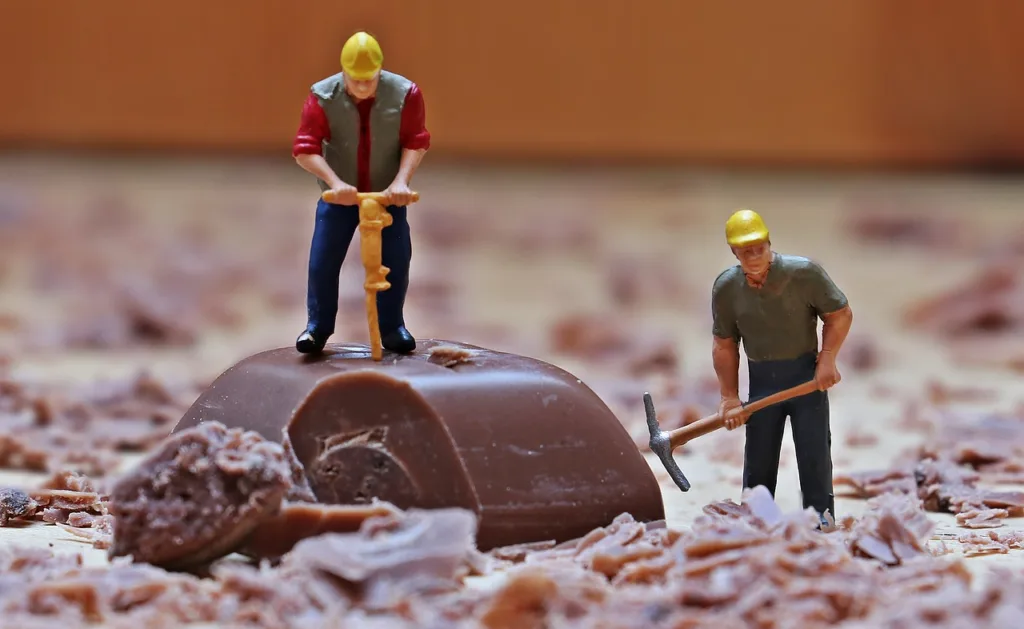
Chocolate used for modeling is not a separate type by itself. However, we added it to our list because it is a type that can be purchased in stores. Apart from golden syrup, glucose syrup or corn syrup, modeling chocolate can be made with any other type. It is easy to decorate candies, cakes and other delights with this addition because it smoothes and increases the fluidity of the chocolate.
read also: Chocolate cream Pie will bring back your childhood.
15 Decadent Delights For The Ultimate Chocolate Experience (msn.com)

1 thought on “Chocolate in All Its Varieties: How Many Kinds Are There?”